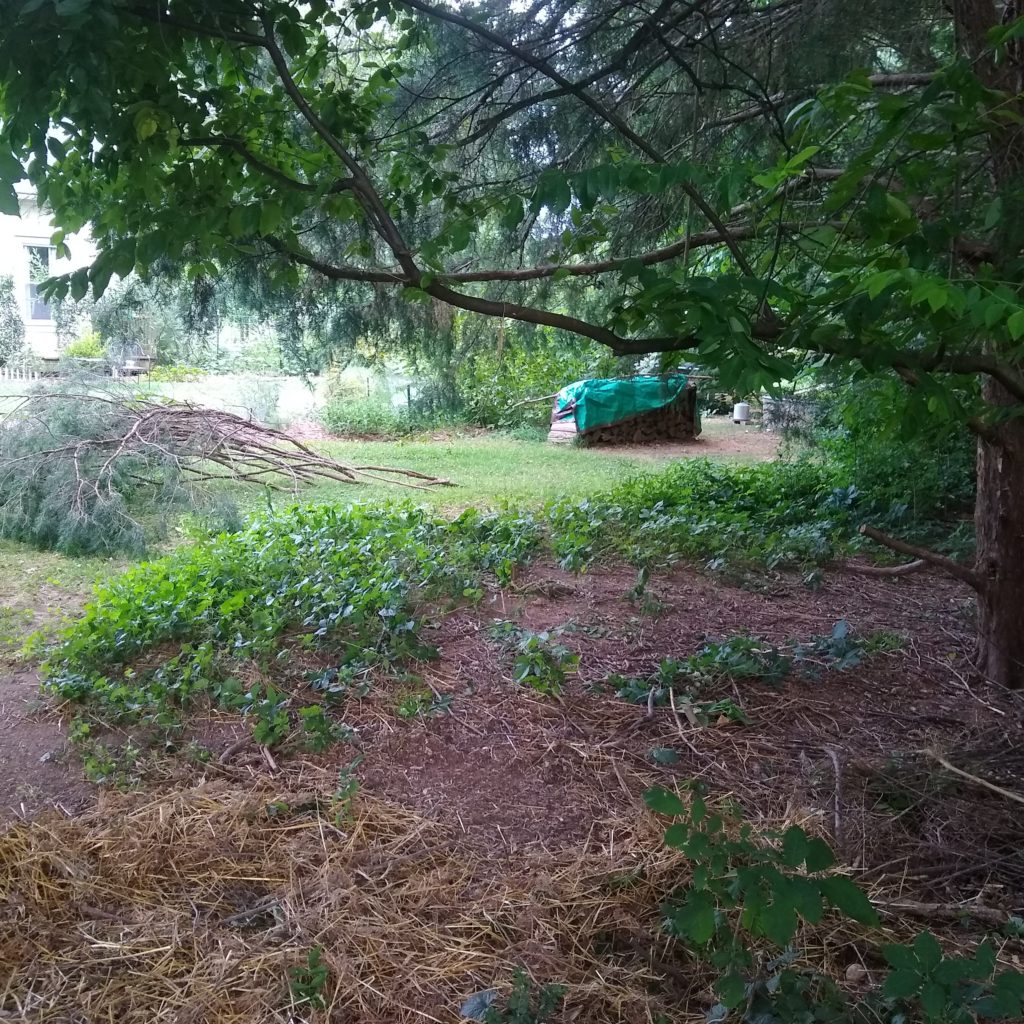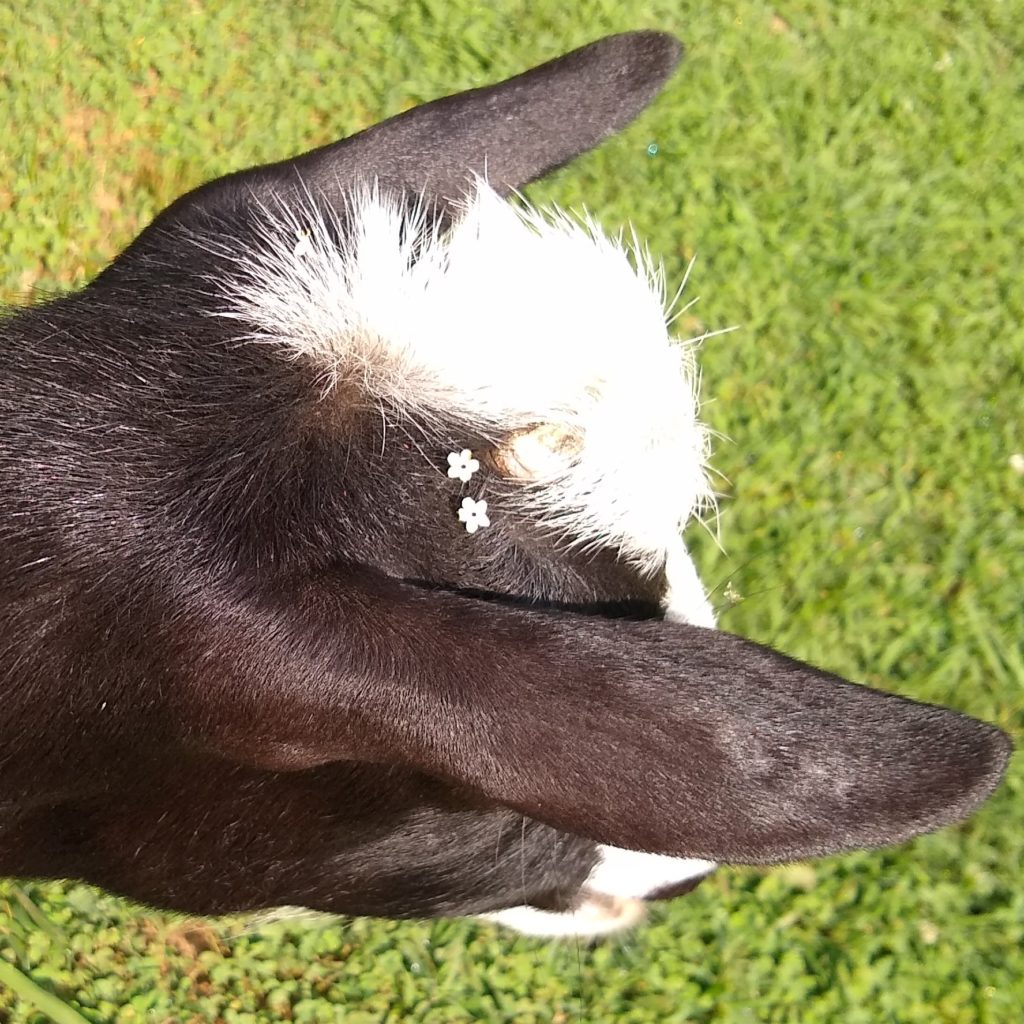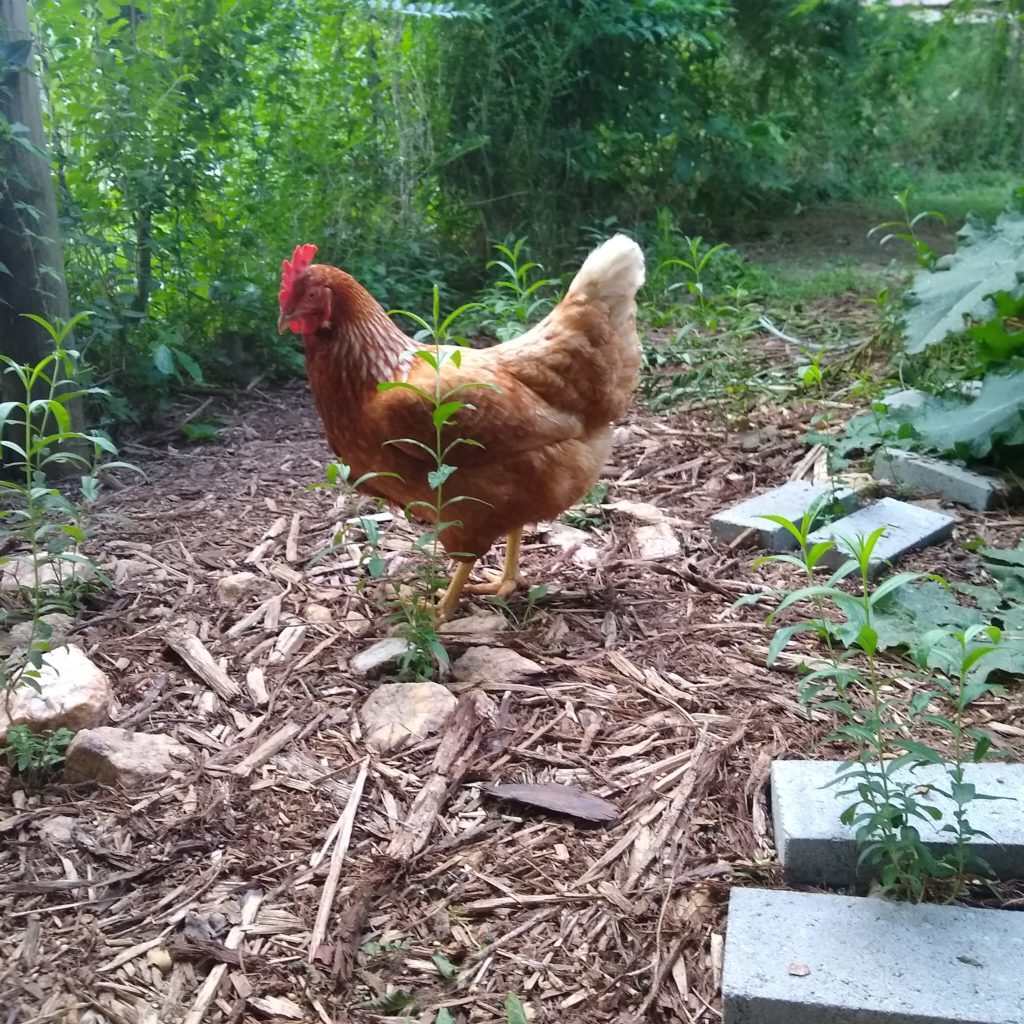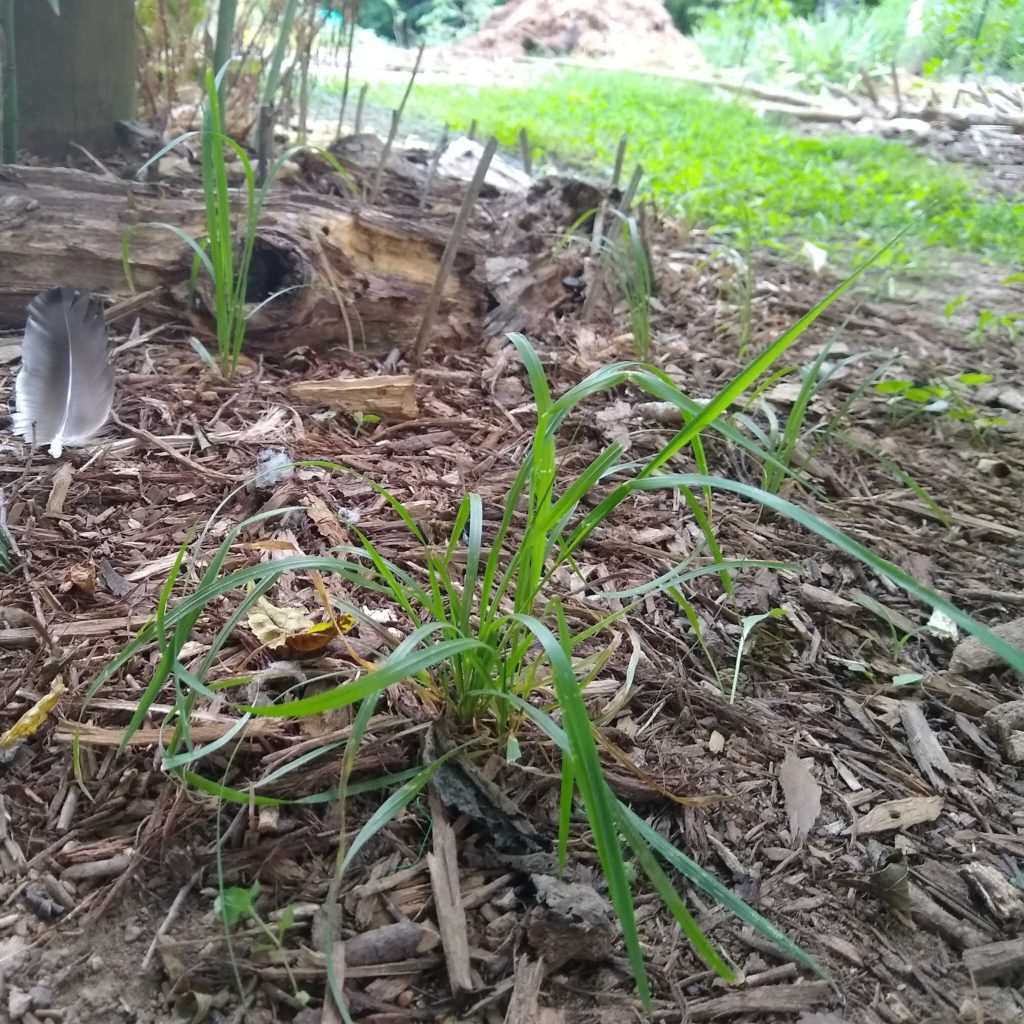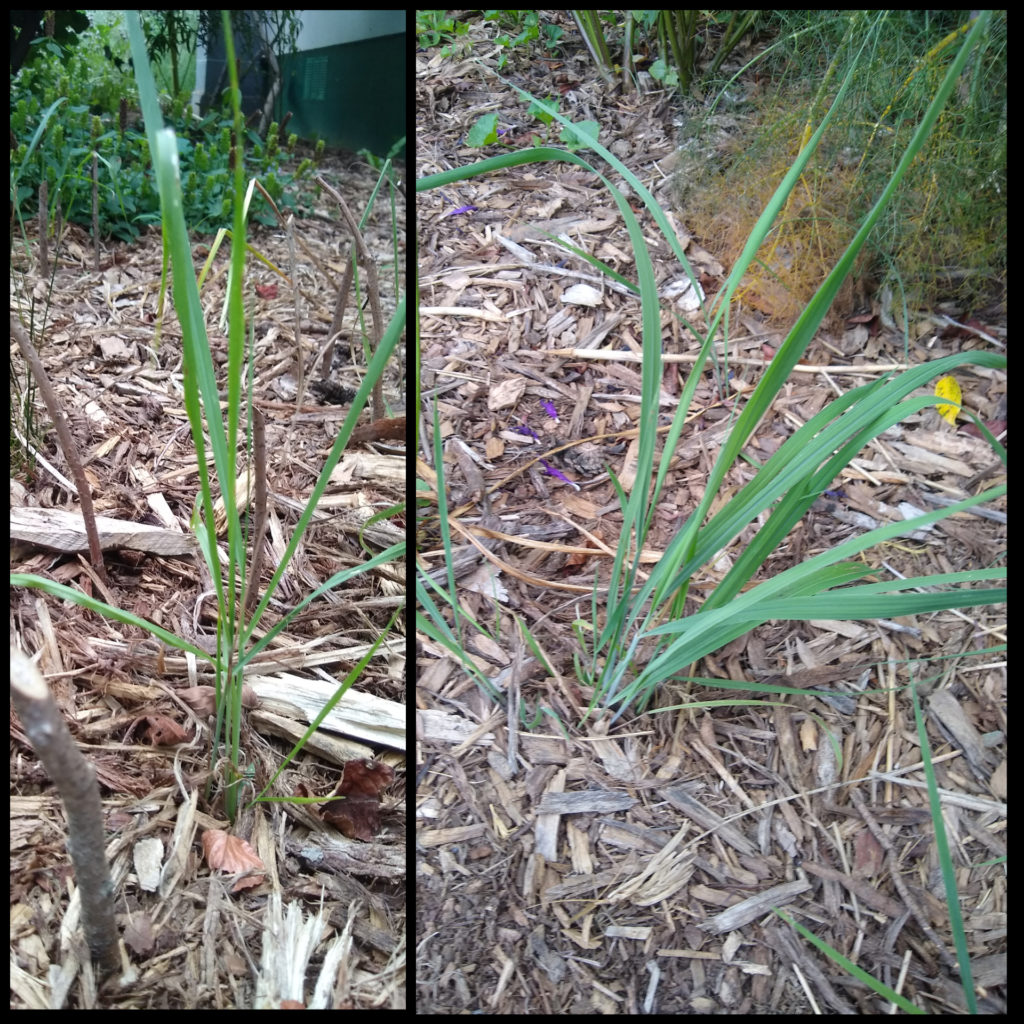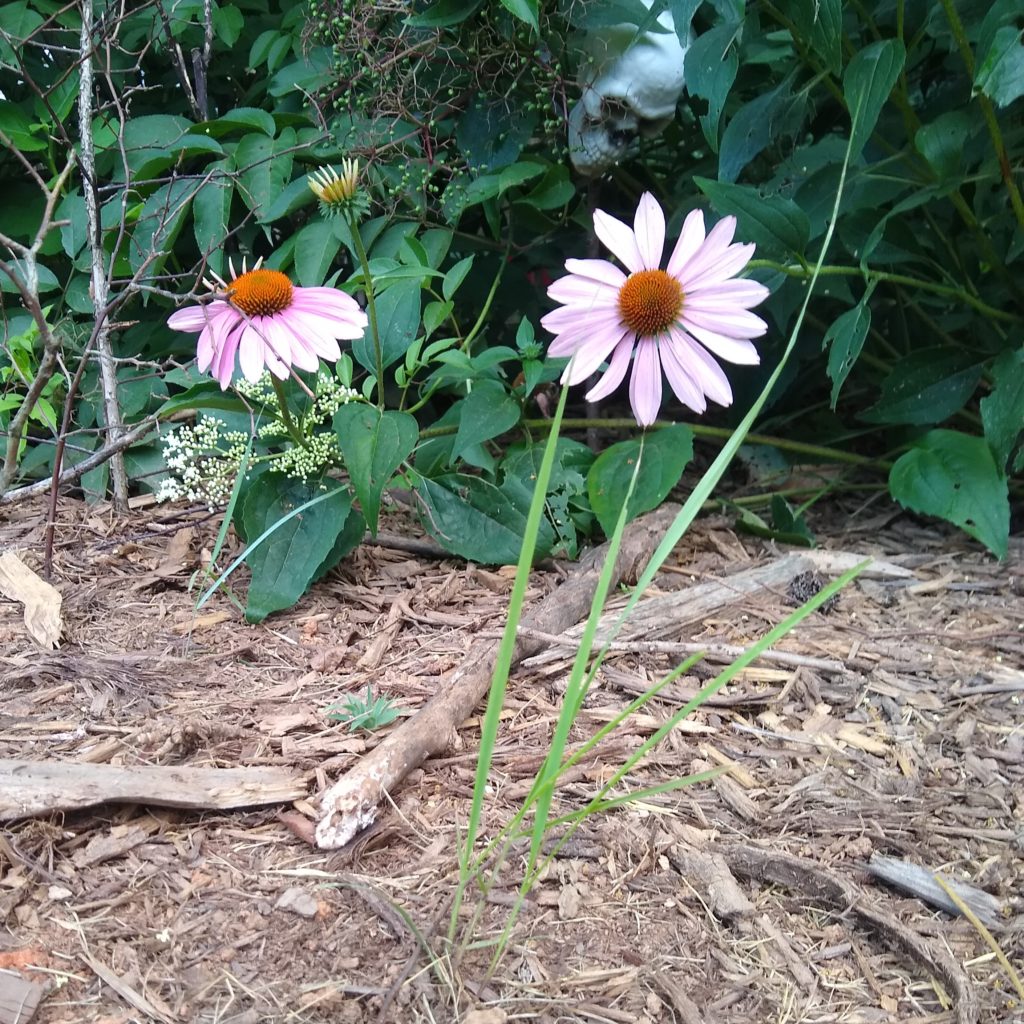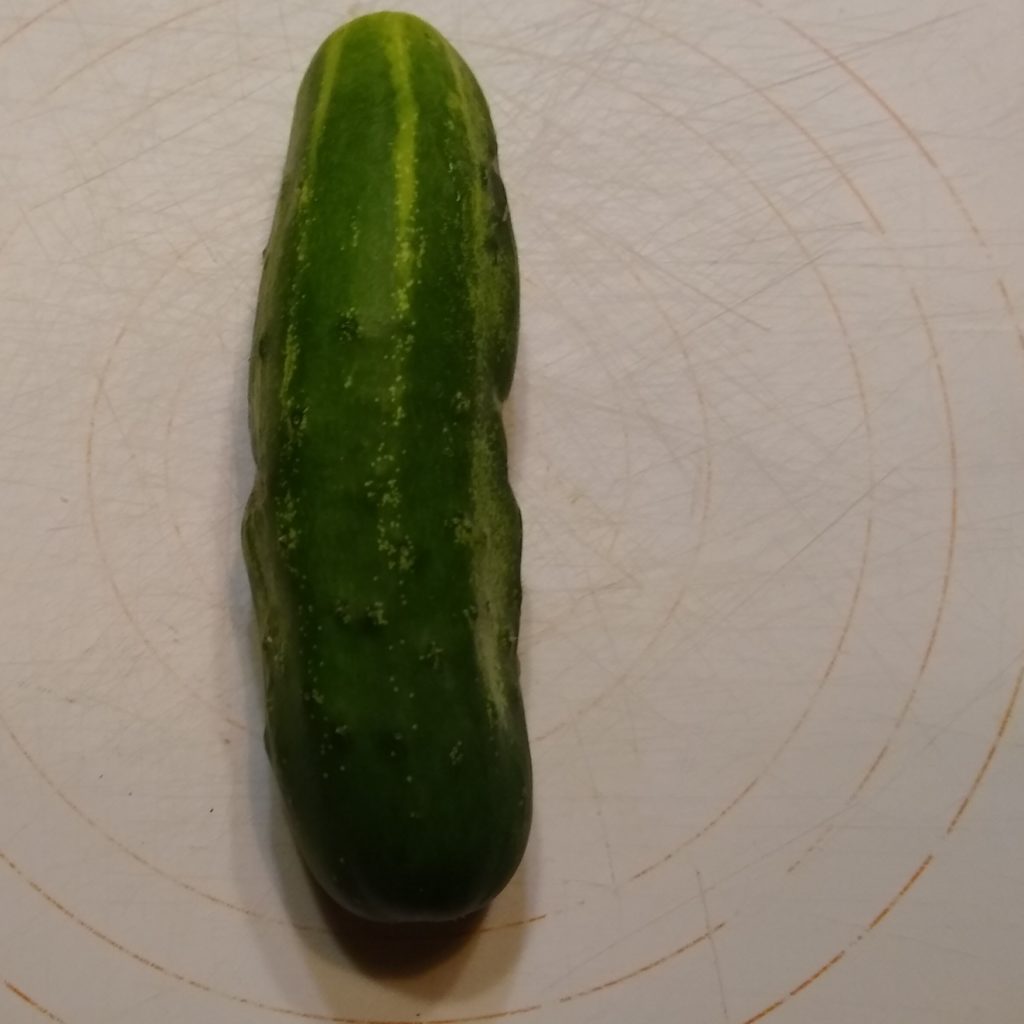Recently I’ve had a few nice moments where I was able to see my yard/garden as it is, rather than as a to-do list or just a work in progress. There are areas of it that look really beautiful, and appreciating them is highly satisfying.
I’ve also heard from a couple of people praising my “eye for garden design.” Which, ok, I will openly accept compliments about areas of my garden looking beautiful. But. I don’t have any garden design skills.
I have some level of aphantasia, or lack of internal mental imagery. It’s not absolute—I can briefly imagine the eye shape or smile or hair outline of a loved one, but I cannot assemble those pieces into a whole picture of the person and “see them” in my mind’s eye. And any pieces I do get a glimpse of dissolve quickly, like the part of my brain that generates them is a battery that won’t hold a charge.
I also have pretty bad spatial recognition skills, which is why I have no clue how big anything is without literally measuring it.
What this means in my garden is that it is all a mad experiment and a surprise! Some of it just happens to work, which is helped by the fact that plants are just lovely in general.
You start with a seed that is tiny, and information that it should become a plant of a certain size within some period of time. When it’s time to plant out the seedlings, the final size is still all potential—there is nothing to measure. I can and do look at plant photos online and in books but in those media, a photo of a tiny plant can be the same size as a tree, so grasping the comparative scale of things is virtually impossible. Earlier on, I tried to measure out all my planting spaces and leave plenty of room, but that leaves things looking sparse and sad for so long, and invariably something messes up the plan—one plant dies, or a storm knocks half a plant over so that it starts growing only in one direction, etc.
Then you add in the appearance of the plant—its habit, its color, the color of its flowers, how gracefully (or not) it enters winter, and so on. I can’t hold all that in my head at all, much less visualize it in combination with a bunch of other plants.
What is clear to me reading or listening to people who have real garden design skills (hey, Piet Oudolf) is that they are able to simultaneously overlay space/size, color, and chronological information layers in their mind and see what the result will be in their mind’s eye.
That is just never going to happen for me. My garden is less ‘designed’ and more ‘experimentally scattered.’ I’m coming around to feeling more comfortable with that, which means deciding where to plant things is a bit less stressful. If I accept that I’m probably getting it wrong, then anything that looks pleasing is a very happy accident. And, as I get more experience and familiarity with different plants, my intuition about what will probably work well together will definitely improve. But I’ll never be able to do garden “design.”
I was scolded by the HVAC repair guy for the rosemary plant that is too close to the outside unit. Well, when I planted that rosemary, it wasn’t too close.
On the list today: severely prune that rosemary, and look into whether moving a rosemary is a thing that is at all possible.
